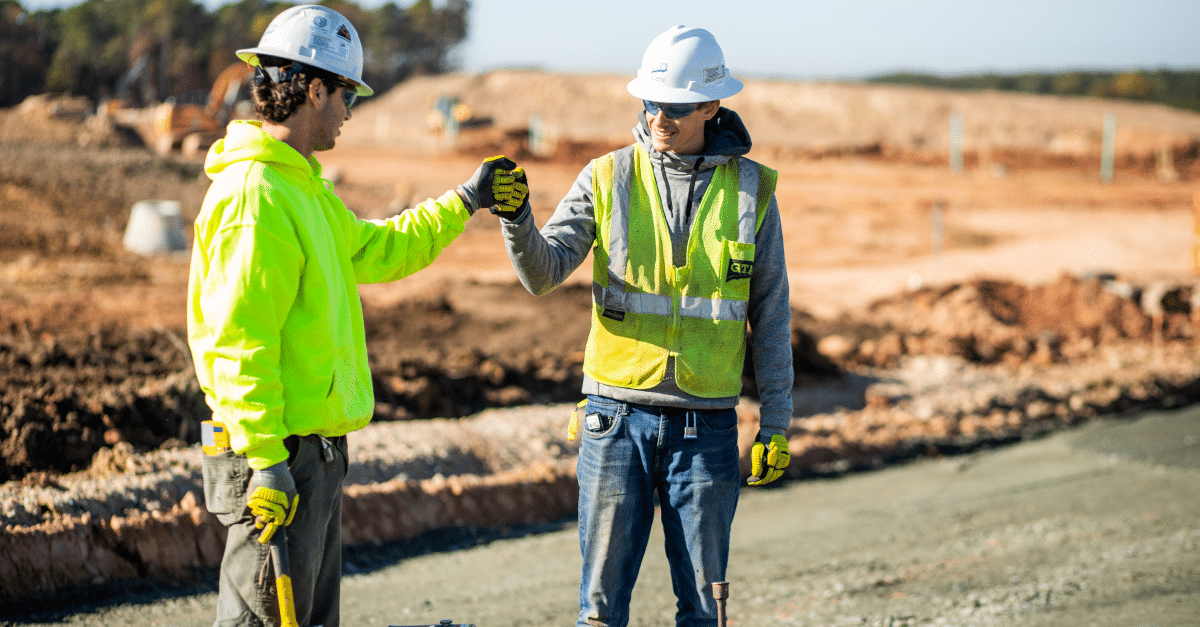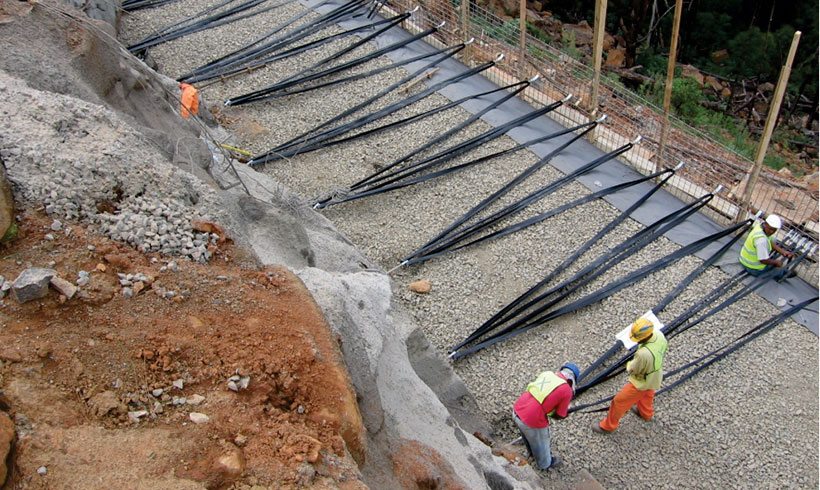Geotechnical Engineering For Construction Projects for Dummies
Examine This Report on Geotechnical Engineering For Construction Projects
Table of ContentsAn Unbiased View of Geotechnical Engineering For Construction Projects6 Easy Facts About Geotechnical Engineering For Construction Projects DescribedGetting My Geotechnical Engineering For Construction Projects To WorkNot known Incorrect Statements About Geotechnical Engineering For Construction Projects The smart Trick of Geotechnical Engineering For Construction Projects That Nobody is Talking AboutThe Main Principles Of Geotechnical Engineering For Construction Projects
The duty of geotechnical design substantially manages understanding the functions of dirt and rock, which might vary substantially by their density, moisture web content etc. These functions should be taken a look at by geotechnical designers to anticipate their motions under various circumstances. The security as well as security of frameworks are impacted by dirt problems, making this analysis required., in addition to exactly how they engage with constructions that have actually been put up on or within them, is one of the main explanations for why geotechnical design is crucial.
Along with structural preparation and building and construction, geotechnical engineering is likewise important to the restoration and upkeep of pre-existing structures. Age-related deterioration or added issues might influence a structure's security and efficiency. Ecological defense is accomplished via geotechnical engineering. Competence in air, water, and dirt top quality maintenance is put to utilize by geotechnical engineers to reduce the adverse effects of projects.
Framework advancement, offshore design, tunnel building, and deep foundations. Risk-based style and multidisciplinary groups. These parts will certainly maintain the area advancing and guarantee its continued significance in the years to find. To summarize, geotechnical design is an essential self-control that maintains the strength and stability of civil framework. Geotechnical designers contribute to making building projects reliable throughout the world by comprehending the practices of earth materials and using ideal planning approaches.
Some Known Facts About Geotechnical Engineering For Construction Projects.
By examining soil, rock, and subsurface problems, geotechnical designers supply important insights that help in the style, building and construction, and maintenance of structures and facilities.

Indicators on Geotechnical Engineering For Construction Projects You Need To Know
Lab screening: Establishing the homes of dirt and rock. Numerous top-level construction tasks have effectively utilized geotechnical engineering to ensure their stability and safety and security.

As a leader in geotechnical engineering, BECC Inc. is devoted to delivering innovative and efficient options that satisfy the greatest requirements of quality and security., a mechanical engineer and geologist.
Excitement About Geotechnical Engineering For Construction Projects
Terzaghi also created the structure for theories of bearing capability of structures, and the concept for forecast of the price of negotiation of clay layers because of loan consolidation. After that, Maurice Biot totally established the three-dimensional soil combination theory, expanding the one-dimensional design formerly developed by Terzaghi to more general hypotheses and introducing the collection of standard formulas of Poroelasticity.
Geotechnical designers examine and establish the properties of subsurface problems and products. They also design matching earthworks and keeping structures, tunnels, and structure foundations, and might manage and examine link sites, which may further entail website tracking as well as the danger evaluation and mitigation of natural threats - Geotechnical Engineering for Construction Projects. Geotechnical engineers and design rock hounds perform geotechnical examinations to get information on the physical residential properties of dirt and rock hidden and beside a website to develop earthworks and foundations for recommended frameworks and for the repair of distress to earthworks and frameworks caused by subsurface problems.
Top Guidelines Of Geotechnical Engineering For Construction Projects
Geologic mapping and interpretation of geomorphology are normally completed in examination with a rock hound or engineering rock hound. Subsurface expedition usually entails in-situ screening (for instance, the typical infiltration test and cone penetration examination). The excavating of examination pits and trenching (specifically for finding mistakes and slide planes) might likewise be made use of to discover dirt conditions at depth. , which utilizes a thick-walled split spoon sampler, is the most typical method to accumulate disrupted samples.

Normally, the interface's exact geometry is unknown, and a simplified user interface geometry is assumed. Finite slopes call for three-dimensional models to be analyzed, so most inclines are evaluated thinking that they are considerably large and can be stood for by two-dimensional designs.
Geotechnical Engineering For Construction Projects - The Facts
The observational technique might be referred to as adheres to: General expedition sufficient to establish the rough nature, pattern, and homes of down payments. Assessment of one of the most probable problems and the most negative conceivable discrepancies. Producing the style based on a working hypothesis of habits anticipated under one of the most potential problems. Choice of amounts to be observed as construction proceeds and calculating their anticipated worths based upon the functioning theory under one of the most negative problems.
Dimension of amounts and assessment of actual conditions. Style modification per real conditions go to my site The observational approach is great post to read ideal for building that has currently started when an unanticipated development takes place or when a failure or accident looms or has actually already taken place. It disagrees for jobs whose layout can not be changed throughout building.